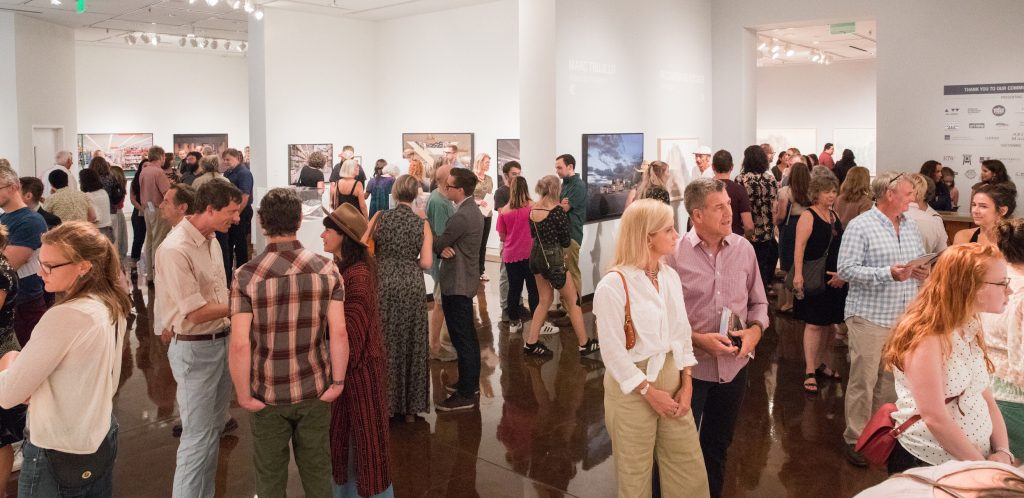

 Prior to the twentieth century, artists were judged by their technical ability to render a subject as “realistic.” The task of the artist was to mimic the real. Beginning in the late 1800’s and leading well into the twentieth century, the parade of Impressionism, Cubism, Surrealism, Abstraction, and Minimalism brought about a breaking away from the confines of representation into realms of personal expression. Though it thoroughly resists precise definition, contemporary art can be said to posit that artists are no longer bound to a realistic representation of merely that which can be seen.
Prior to the twentieth century, artists were judged by their technical ability to render a subject as “realistic.” The task of the artist was to mimic the real. Beginning in the late 1800’s and leading well into the twentieth century, the parade of Impressionism, Cubism, Surrealism, Abstraction, and Minimalism brought about a breaking away from the confines of representation into realms of personal expression. Though it thoroughly resists precise definition, contemporary art can be said to posit that artists are no longer bound to a realistic representation of merely that which can be seen.ARTIST’S BIO
Rikuo Ueda, from Osaka, Japan will be creating a set of “wind drawings” produced by elaborately engineered mechanical devices, which harness the wind and transfer the energy to paper, canvas, or another surface. According to one reviewer, “these vibrating and dancing traces on the paper evoke memories of the American artist Jackson Pollock who visualized patterns of movement.” Ueda is our fall International Artist-in-Residence and will spend two weeks on campus crafting his installation. Ueda has exhibited his creations throughout Japan, the United States and Europe including recent significant installations in Hiroshima, Hamburg and Dublin.